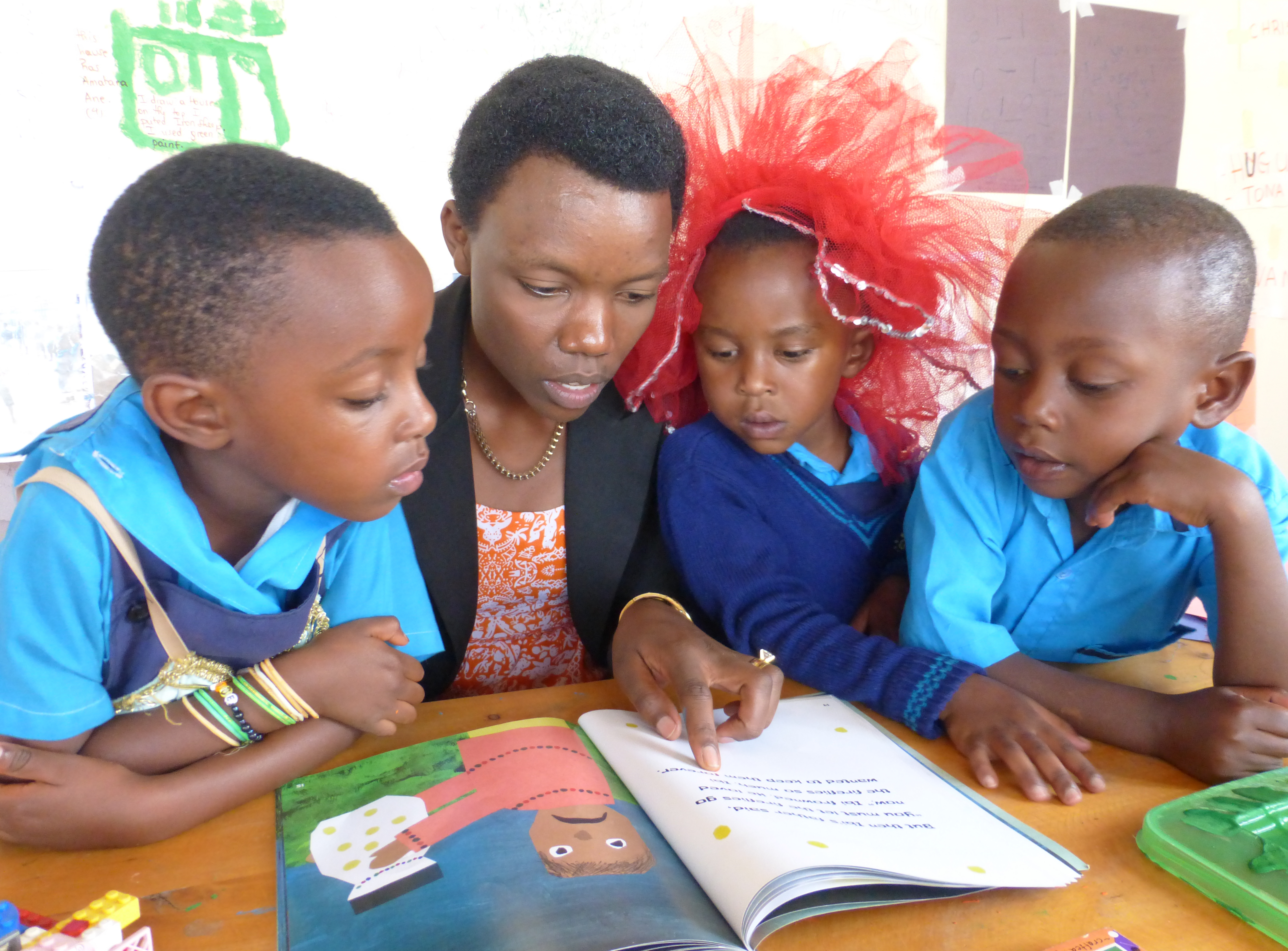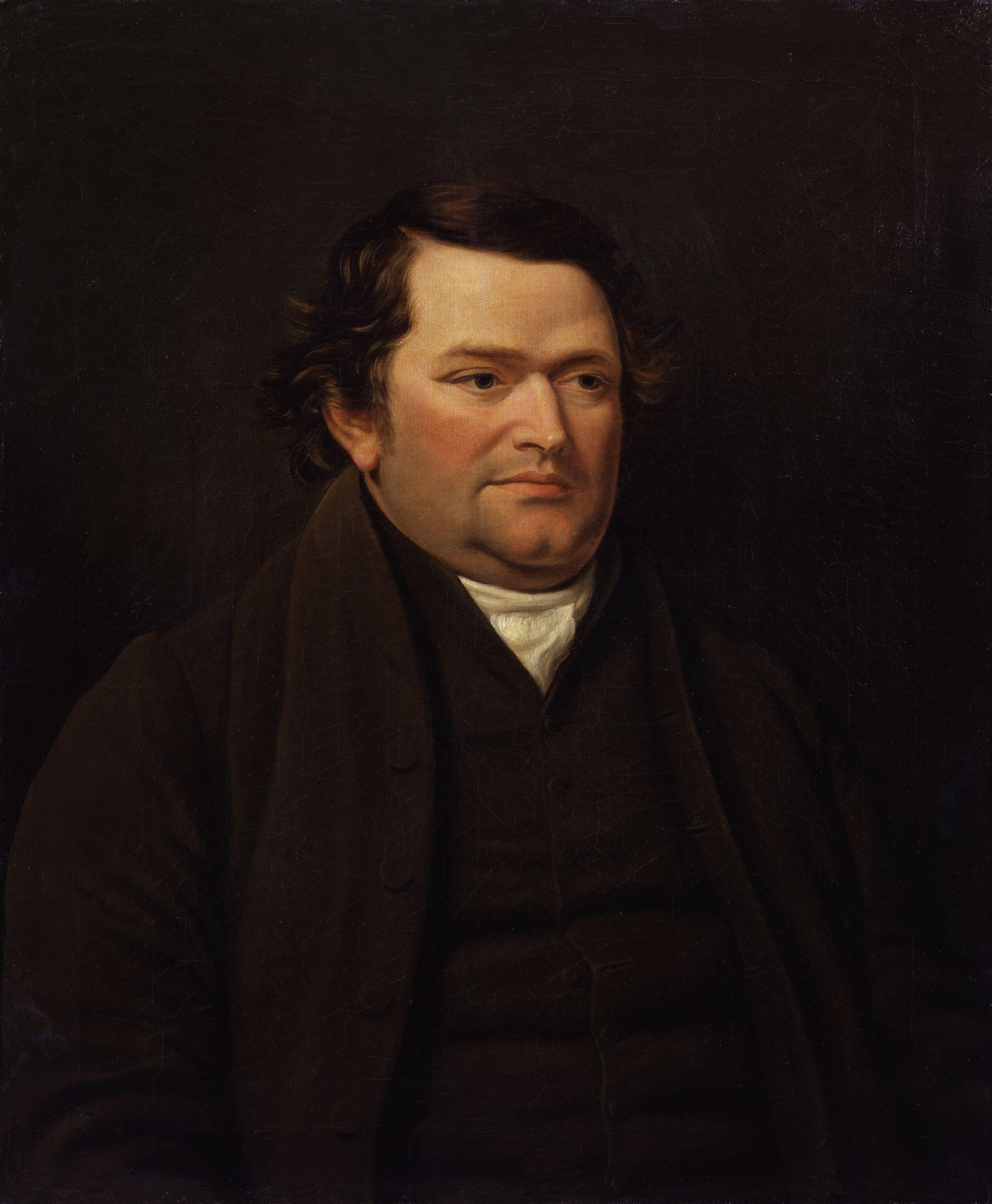|
Decodable Text
Decodable text is a type of text often used in beginning reading instruction. Decodable texts are carefully sequenced to progressively incorporate words that are consistent with the letters and corresponding phonemes that have been taught to the new reader. Therefore, with this type of text new readers can decipher words using the phonics skills they have been taught. For instance, children could decode a phrase such as “Pat the fat rat” if they had been taught the letter-sound associations for each letter—that 'p' stands for the sound /p/, 'a' for the sound /a/, etc. Generally, decodable text is used in programs that have a strong phonics emphasis. Whole-language and whole word methods of instruction generally use stories with familiar high-frequency words arranged in predictable and repetitive patterns. Whole-language texts have received increasing criticism for encouraging word guessing strategies instead of skilled reading. The texts do not stand alone in a reading clas ... [...More Info...] [...Related Items...] OR: [Wikipedia] [Google] [Baidu] |
Reading Education
Reading is the process of taking in the sense or meaning of symbols, often specifically those of a written language, by means of sight or touch. For educators and researchers, reading is a multifaceted process involving such areas as word recognition, orthography (spelling), alphabetics, phonics, phonemic awareness, vocabulary, comprehension, fluency, and motivation. Other types of reading and writing, such as pictograms (e.g., a hazard symbol and an emoji), are not based on speech-based writing systems. The common link is the interpretation of symbols to extract the meaning from the visual notations or tactile signals (as in the case of braille). Overview Reading is generally an individual activity, done silently, although on occasion a person reads out loud for other listeners; or reads aloud for one's own use, for better comprehension. Before the reintroduction of separated text (spaces between words) in the late Middle Ages, the ability to read silently was con ... [...More Info...] [...Related Items...] OR: [Wikipedia] [Google] [Baidu] |
Phoneme
A phoneme () is any set of similar Phone (phonetics), speech sounds that are perceptually regarded by the speakers of a language as a single basic sound—a smallest possible Phonetics, phonetic unit—that helps distinguish one word from another. All languages contain phonemes (or the spatial-gestural equivalent in sign languages), and all spoken languages include both consonant and vowel phonemes; phonemes are primarily studied under the branch of linguistics known as phonology. Examples and notation The English words ''cell'' and ''set'' have the exact same sequence of sounds, except for being different in their final consonant sounds: thus, versus in the International Phonetic Alphabet (IPA), a writing system that can be used to represent phonemes. Since and alone distinguish certain words from others, they are each examples of phonemes of the English language. Specifically they are consonant phonemes, along with , while is a vowel phoneme. The spelling of Engli ... [...More Info...] [...Related Items...] OR: [Wikipedia] [Google] [Baidu] |
Phonics
Phonics is a method for teaching reading and writing to beginners. To use phonics is to teach the relationship between the sounds of the spoken language (phonemes), and the letters (graphemes) or groups of letters or syllables of the written language. Phonics is also known as the alphabetic principle or the ''alphabetic code''. It can be used with any writing system that is alphabetic, such as that of English, Russian, and most other languages. Phonics is also sometimes used as part of the process of teaching Chinese people (and foreign students) to read and write Chinese characters, which are not alphabetic, using pinyin, which is alphabetic. While the principles of phonics generally apply regardless of the language or region, the examples in this article are from General American English pronunciation. For more about phonics as it applies to British English, see Synthetic phonics, a method by which the student learns the sounds represented by letters and letter combina ... [...More Info...] [...Related Items...] OR: [Wikipedia] [Google] [Baidu] |
Whole Language
Whole language is a philosophy of reading and a discredited educational method originally developed for teaching literacy in English to young children. The method became a major model for education in the United States, Canada, New Zealand, and the UK in the 1980s and 1990s, despite there being no scientific support for the method's effectiveness. It is based on the premise that learning to read English comes naturally to humans, especially young children, in the same way that learning to speak develops naturally. Whole-language approaches to reading instruction are typically contrasted with the more effective phonics-based methods of teaching reading and writing. Phonics-based methods emphasize instruction for decoding and spelling. Whole-language practitioners disagree with that view and instead focus on teaching meaning and making students read more. The scientific consensus is that whole-language-based methods of reading instruction (e.g., teaching children to use context cu ... [...More Info...] [...Related Items...] OR: [Wikipedia] [Google] [Baidu] |
United States
The United States of America (USA), also known as the United States (U.S.) or America, is a country primarily located in North America. It is a federal republic of 50 U.S. state, states and a federal capital district, Washington, D.C. The 48 contiguous states border Canada to the north and Mexico to the south, with the semi-exclave of Alaska in the northwest and the archipelago of Hawaii in the Pacific Ocean. The United States asserts sovereignty over five Territories of the United States, major island territories and United States Minor Outlying Islands, various uninhabited islands in Oceania and the Caribbean. It is a megadiverse country, with the world's List of countries and dependencies by area, third-largest land area and List of countries and dependencies by population, third-largest population, exceeding 340 million. Its three Metropolitan statistical areas by population, largest metropolitan areas are New York metropolitan area, New York, Greater Los Angeles, Los Angel ... [...More Info...] [...Related Items...] OR: [Wikipedia] [Google] [Baidu] |
Learning To Read
Learning is the process of acquiring new understanding, knowledge, behaviors, skills, values, attitudes, and preferences. The ability to learn is possessed by humans, non-human animals, and some machines; there is also evidence for some kind of learning in certain plants. Some learning is immediate, induced by a single event (e.g. being burned by a hot stove), but much skill and knowledge accumulate from repeated experiences. The changes induced by learning often last a lifetime, and it is hard to distinguish learned material that seems to be "lost" from that which cannot be retrieved. Human learning starts at birth (it might even start before) and continues until death as a consequence of ongoing interactions between people and their environment. The nature and processes involved in learning are studied in many established fields (including educational psychology, neuropsychology, experimental psychology, cognitive sciences, and pedagogy), as well as emerging fi ... [...More Info...] [...Related Items...] OR: [Wikipedia] [Google] [Baidu] |
Phonics
Phonics is a method for teaching reading and writing to beginners. To use phonics is to teach the relationship between the sounds of the spoken language (phonemes), and the letters (graphemes) or groups of letters or syllables of the written language. Phonics is also known as the alphabetic principle or the ''alphabetic code''. It can be used with any writing system that is alphabetic, such as that of English, Russian, and most other languages. Phonics is also sometimes used as part of the process of teaching Chinese people (and foreign students) to read and write Chinese characters, which are not alphabetic, using pinyin, which is alphabetic. While the principles of phonics generally apply regardless of the language or region, the examples in this article are from General American English pronunciation. For more about phonics as it applies to British English, see Synthetic phonics, a method by which the student learns the sounds represented by letters and letter combina ... [...More Info...] [...Related Items...] OR: [Wikipedia] [Google] [Baidu] |
Synthetic Phonics
Synthetic phonics, also known as blended phonics or inductive phonics, is a method of teaching English reading which first teaches letter-sounds (grapheme/phoneme correspondences) and then how to blend (synthesise) these sounds to achieve full pronunciation of whole words. Overview Synthetic phonics refers to a family of programmes which aim to teach reading and writing through the following methods: * Teaching students the correspondence between ''written letters'' (graphemes) and ''speech sounds'' (phonemes), known as “grapheme/phoneme correspondences” or “GPCs” or simply “letter-sounds”. For example, the words ''me'' and ''pony'' have the same sound at the end, but use different letters. * Teaching students to read words by ''blending'': identifying the graphemes (letters) in the word, recalling the corresponding phonemes (sounds), and saying the phonemes together to form the sound of the whole word. * Teaching students to write words by ''segmenting'' spoken wo ... [...More Info...] [...Related Items...] OR: [Wikipedia] [Google] [Baidu] |
Whole Language
Whole language is a philosophy of reading and a discredited educational method originally developed for teaching literacy in English to young children. The method became a major model for education in the United States, Canada, New Zealand, and the UK in the 1980s and 1990s, despite there being no scientific support for the method's effectiveness. It is based on the premise that learning to read English comes naturally to humans, especially young children, in the same way that learning to speak develops naturally. Whole-language approaches to reading instruction are typically contrasted with the more effective phonics-based methods of teaching reading and writing. Phonics-based methods emphasize instruction for decoding and spelling. Whole-language practitioners disagree with that view and instead focus on teaching meaning and making students read more. The scientific consensus is that whole-language-based methods of reading instruction (e.g., teaching children to use context cu ... [...More Info...] [...Related Items...] OR: [Wikipedia] [Google] [Baidu] |
Education Reform
Education reform is the goal of changing public education. The meaning and educational methods have changed through debates over what content or experiences result in an educated individual or an educated society. Historically, the motivations for reform have not reflected the current needs of society. A consistent theme of reform includes the idea that large systematic changes to educational standards will produce social returns in citizens' health, wealth, and well-being. As part of the broader social and political processes, the term education reform refers to the chronology of significant, systematic revisions made to amend the educational legislation, Learning standards, standards, methodology, and Education policy, policy affecting a nation's public school system to reflect the needs and values of contemporary society. In the 18th century, Liberal arts education, classical education instruction from an in-home personal tutor, hired at the family's expense, was primarily a pri ... [...More Info...] [...Related Items...] OR: [Wikipedia] [Google] [Baidu] |





